No matter how much or how little experience we have in the kitchen, many of us have at least a handful of culinary secrets. It might be as simple as remembering to season our food well. Or how adding just a bit of butter or garlic can make a huge difference to the flavor profile of a dish. The more we’re willing to experiment, the more we can learn.
The friendly everyday cooks of the popular r/Cooking subreddit spilled the beans about the fancy ingredients that they’ve personally found to be extremely worth the expensive price tag. In their opinion, they’re completely worth the hype. Scroll down for some inspiration for the next time you want to make something new. Oh, and be warned, you might get incredibly hungry reading this!
Bored Panda reached out to famous pie artist and author Jessica Leigh Clark-Bojin (@thepieous) to get her thoughts on expensive vs. cheap ingredients. You’ll find the insights she shared with us as you read on.
#1
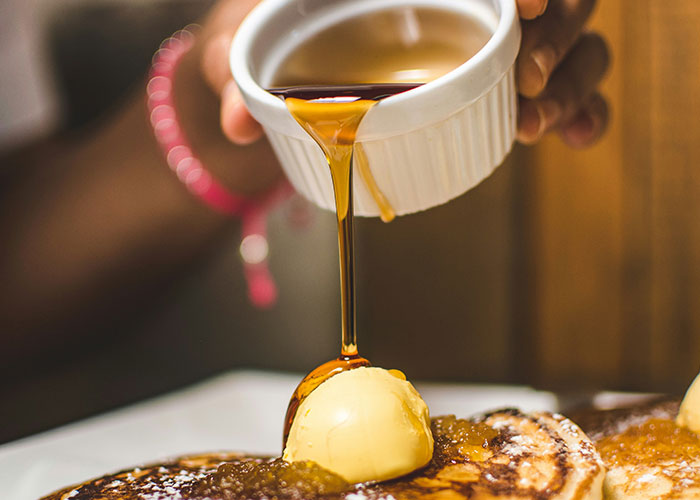
Image credits: jenipants21
According to pie artist Jessica, who runs a series of online baking courses at ‘The Pie Savvy,’ she looks at three main factors when choosing whether or not to splurge on ‘fancy’ ingredients or to save some money and opt for store brand options.
She looks at whether or not a particular ingredient is going to be the “star of the show,” whether it will be subjected to temperature extremes, and whether you’ll be serving your dish to “culinary fussy pants.”
“When I am going to be blending a lot of different elements together, there is less pressure on any one ingredient to carry the show, and it becomes more about the overall flavor profile and mouthfeel of the dish,” Jessica explained to Bored Panda in an email.
#2
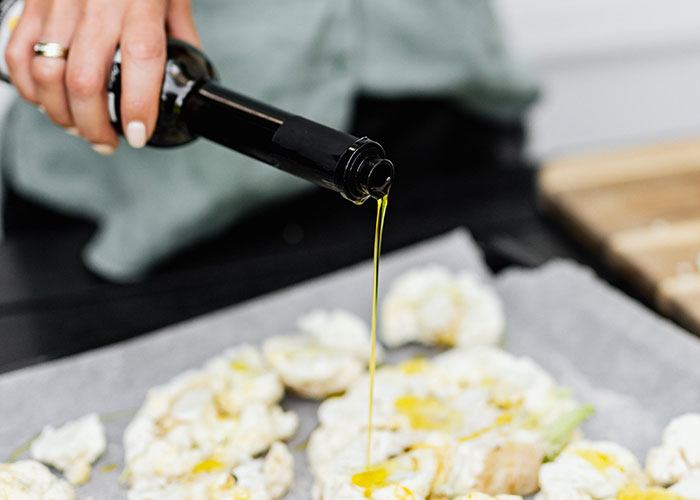
Image credits: LowAd3406
#3
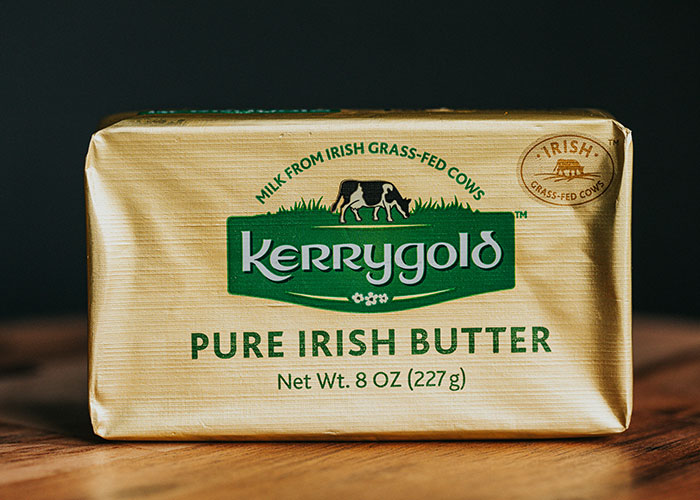
Image credits: PassionateLifeLiver
“For example, if I am baking a chicken pot pie, it is less critical that the minced veggies I mix in with the meat and sauce and spices be the freshest, most artisanal of the season. But if I am preparing a dish of lightly steamed veggies with just a little lemon juice and herbs for seasoning, suddenly those subtle nuances of flavor, texture, and freshness in the vegetables become critical to the success of the dish!”
Meanwhile, the pie artist drew our attention to the fact that many of the subtle compounds and enzymes that differentiate the merely ‘ok’ ingredients from truly great ones get destroyed in the heating or freezing process.
“In blind taste tests, even master chefs can’t tell the difference between many of the high and low-end ingredients once baked. For example, if you are going to be cooking at high heat with butter or oil, the brand is a little less critical than it would be if you were to spread that butter on a piece of toast and eat it plain, or drizzle that oil on a fresh salad at room temp,” she said.
“If you are eating butter or oil unadulterated at room temperature, then it makes sense to spring for the most fresh and flavourful options.”
#4
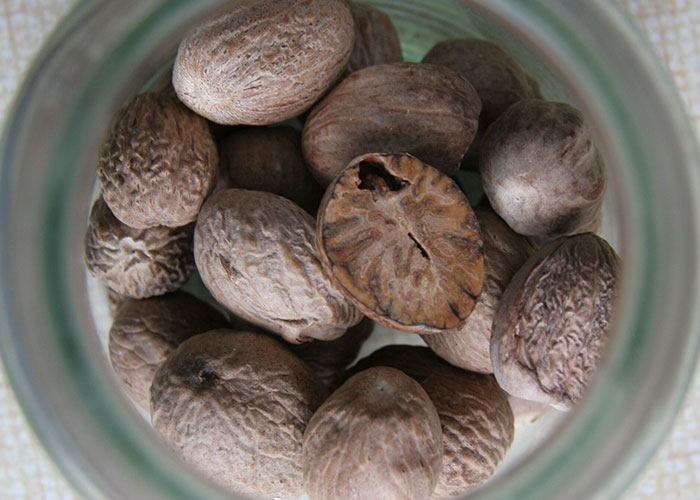
Image credits: Whokitty9
#5
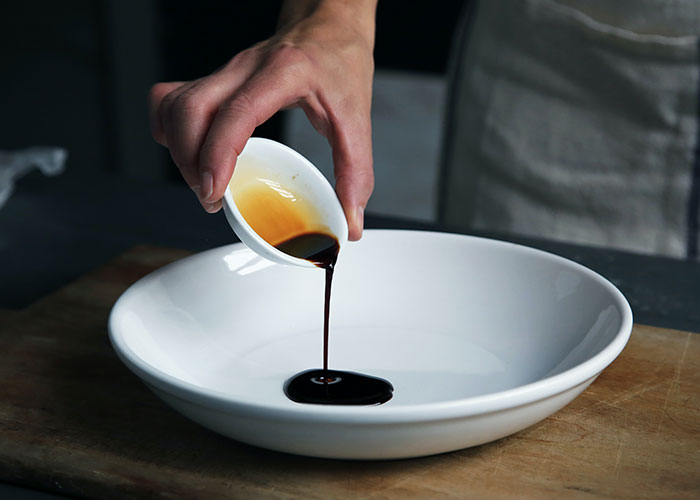
Image credits: DConstructed
#6
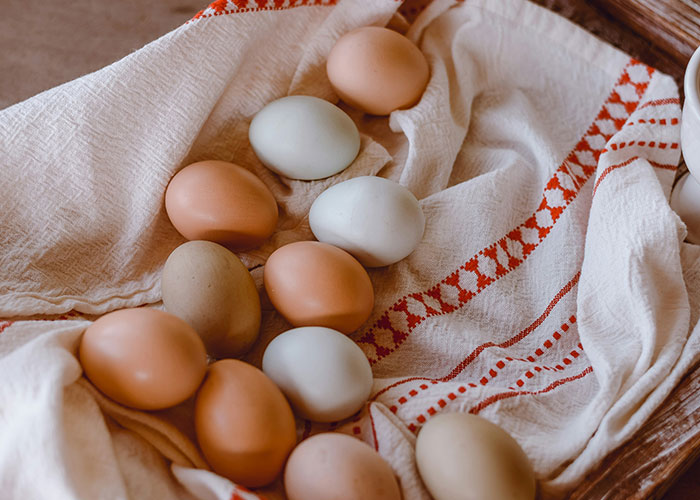
Image credits: elchinguito
Moreover, you have to consider your culinary audience. Who exactly are you cooking for? Are they going to be able to tell the difference between high-end and low-end ingredients?
“I don’t bother busting out the hand-grated truffles for my kid’s mac n' cheese… but I might if I had some foodie friends over who I knew would appreciate the subtle distinction! If I am dealing with a dinner guest who I know has a particularly sophisticated palate, I may opt for the more expensive ingredients (or offer a cheeky mix of dishes with higher and lower-end ingredients to see if they can tell the difference!),” Jessica shared with Bored Panda.
#7
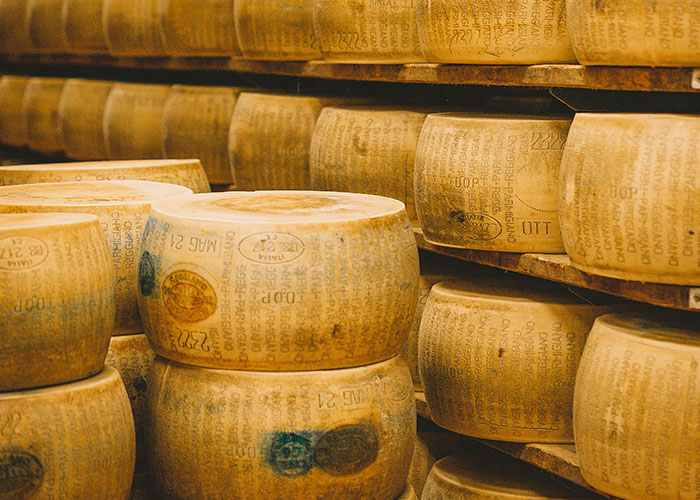
Image credits: sam_the_beagle
#8
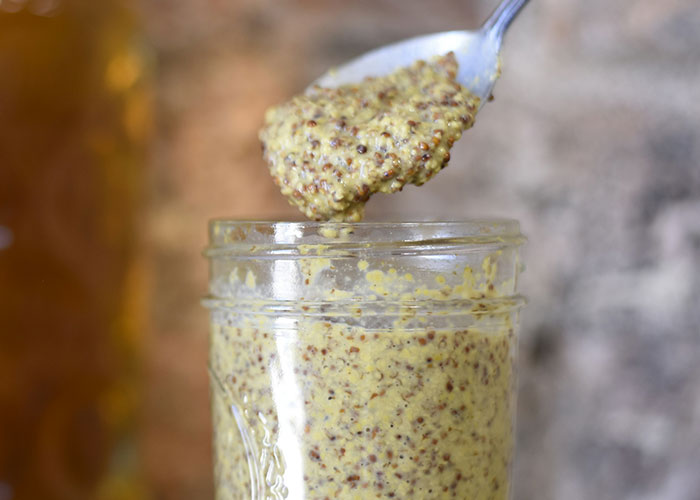
Image credits: EveFluff
#9
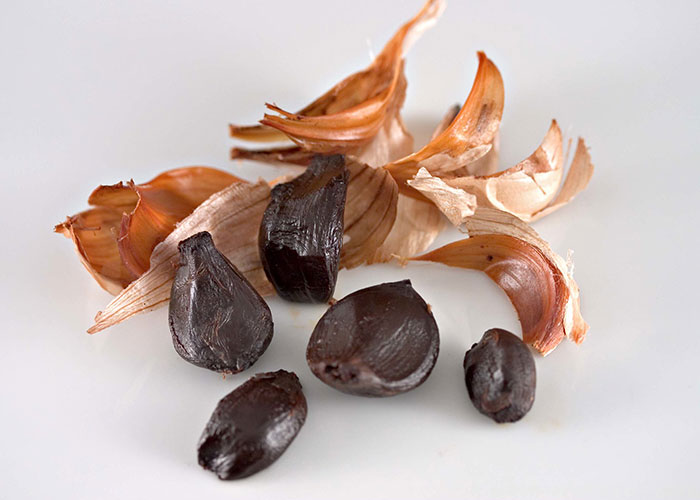
Image credits: Few_Explanation1170
In our personal experience, what matters the most is the freshness of the ingredients, as well as the flavor profiles and combinations you create. The price isn’t necessarily all that important. If an ingredient is ‘in season’ or locally produced, you can get it at a relatively low price, even if it’s a delicious part of your dishes.
Meanwhile, if you’re willing to spend more of your time to save money, you can compare and contrast the prices at your local stores, mom-and-pop groceries, and outdoor markets. Even a bit of research—combined with some charismatic haggling—can help you get what you want and keep your wallet happy.
However, this probably won’t work all the time. Some ingredients like honey, olive oil, and maple syrup are very sought after. And the ‘real thing’ is genuinely expensive due to its high quality and massive demand. So unless you’ve got a network of trustworthy suppliers on speed dial, you’ll probably need to shell out the big bucks to get your hands on the top-shelf stuff.
#10
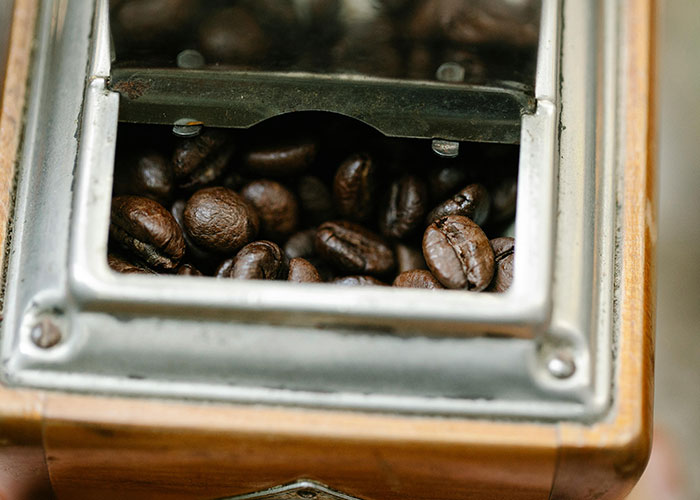
Image credits: BoomerJ3T
#11
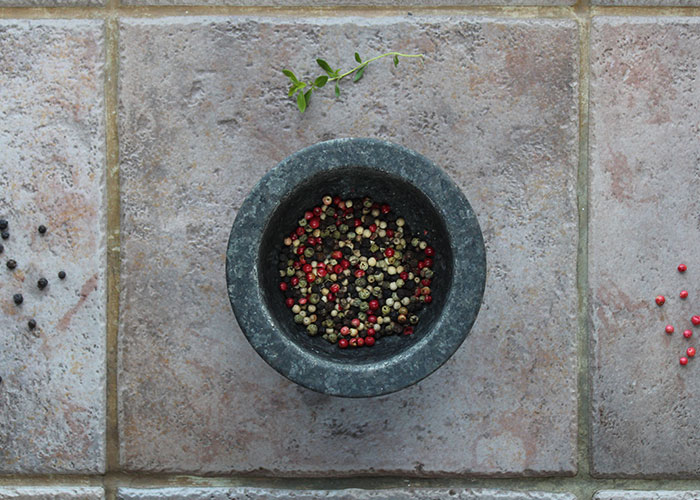
Image credits: russianbanya
#12
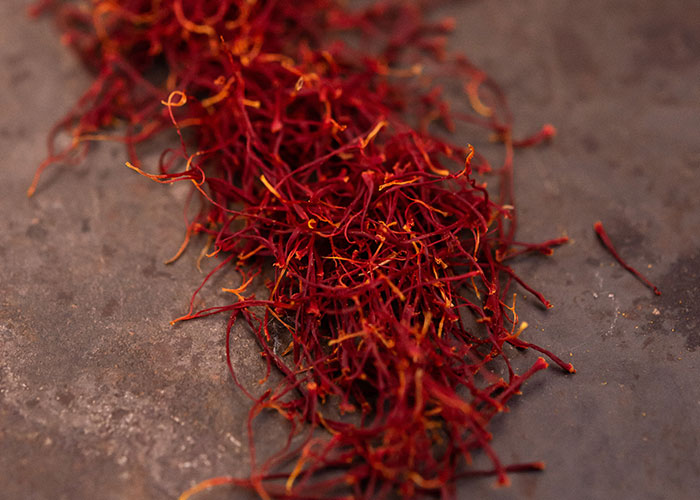
Image credits: walkstwomoons2
You can do some simple tests to check whether you’ve gotten your paws on real (aka ‘natural’ or ‘raw’) honey or the fake (aka mass-produced) kind. Real honey is what bees make: you’ll most often find it in a jar, and it is, through and through, honey and nothing else.
On the other hand, fake honey has various additives, from dyes and sugar to flavors. This sort of honey might be made from syrups or sugar solutions and might have nothing to do with bees at all. Fake honey tends to immediately dissolve in water, while real honey will sink. It also spreads if you place it on your finger, unlike natural honey, which tends to keep its form.
Forbes notes that there are reliable reports that around 80% of all the Italian olive oil that can be found on the global market is fraudulent. If you use lots of olive oil in your daily life (like we do), it’s quite possible that you don’t have ‘the real thing’ in your kitchen. It might be a low-quality knock-off that’s passed off as virgin or extra virgin olive oil. Or it might be a completely different oil that’s been modified to look like what it’s meant to copy. Even the ‘certification’ printed on the labels can be faked. To say that we feel betrayed is an understatement.
#13
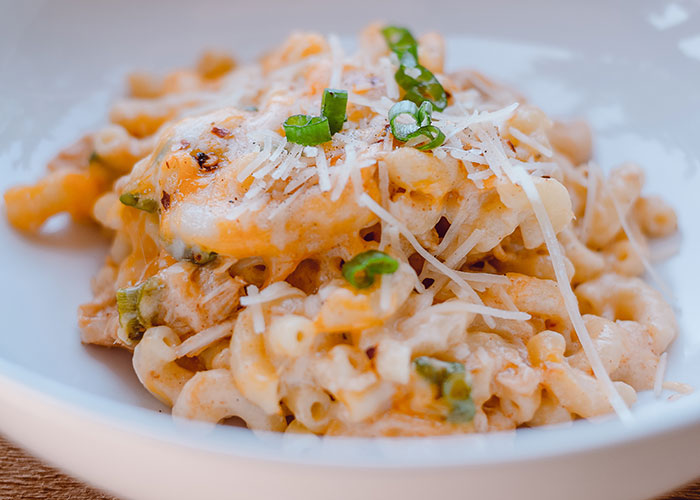
Image credits: weasel999
#14
#15
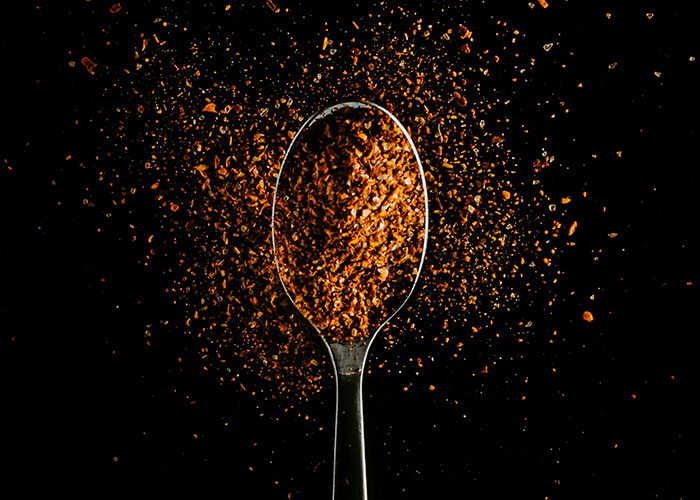
Image credits: Normal_Machine4548
Broadly speaking, when it comes to olive oil, you’re likely buying a fake if the price is low and you’re taking the bottle from a random shelf at your local grocery store. You’d think that the situation was better in Italy, but this isn’t the case. Around half of all the olive oil found on the country’s shelves is thought to be fake.
If fake honey and low-quality olive oil weren’t enough of a headache, you might want to check if your maple syrup is real, too. Real maple syrup is made from maple tree sap, which is boiled down.
Fake maple syrup, on the other hand, is simply a cheaper, mass-produced pancake syrup that might have nothing to do with maple trees at all. They’re chock full of sweeteners and coloring.
What expensive ingredients, in your experience, have been totally worth the cost, dear Pandas? On the flip side, what are some cheap(er) ingredients that you feel everybody should consider buying? Tell us what you think in the comments! We always enjoy hearing from you.
#16
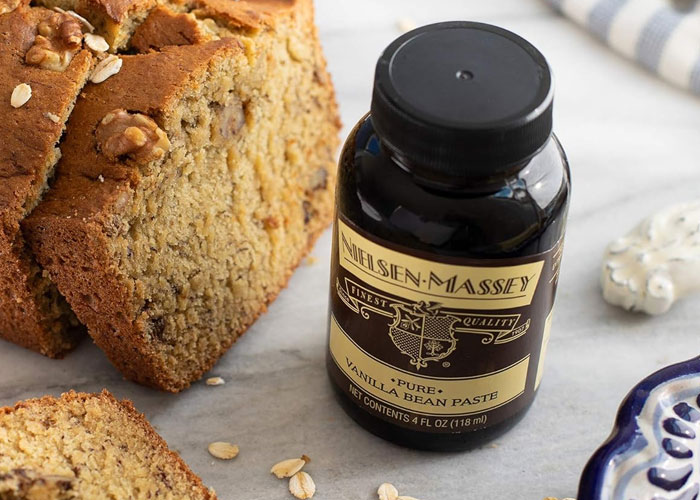
Image credits: AuntieHerensuge
#17
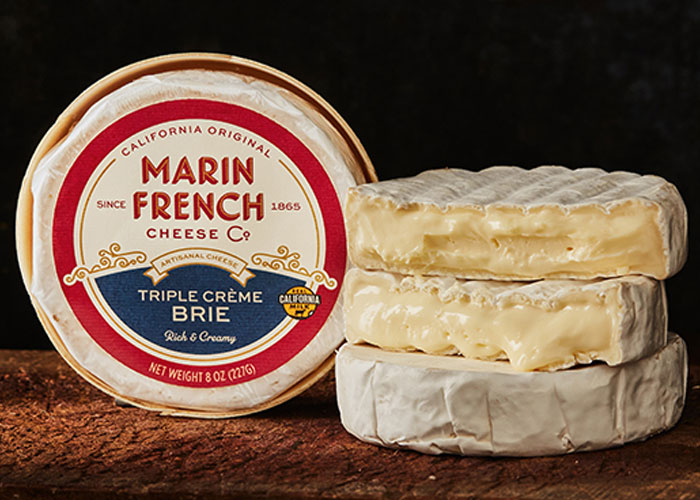
Image credits: simplyelegant87
#18
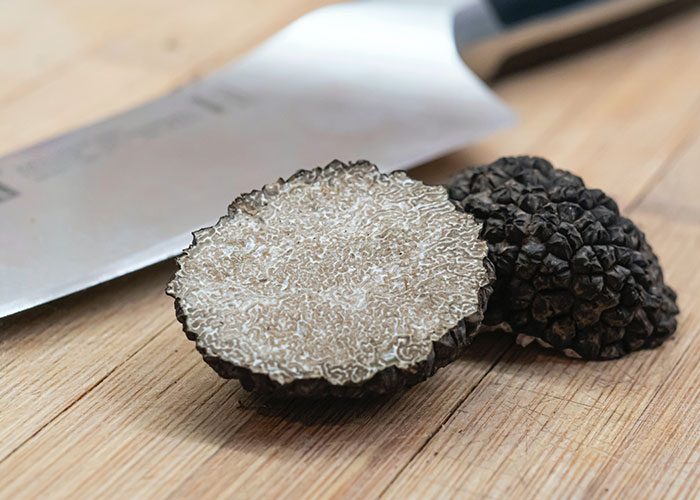
Image credits: WHAMMYPAN
#19
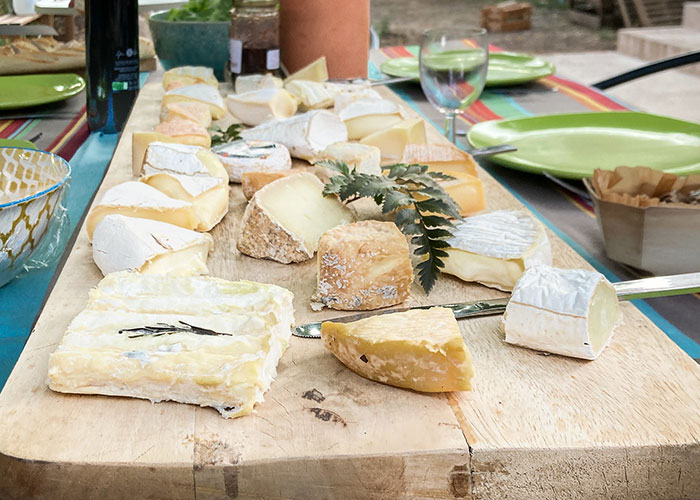
Image credits: Thepandamancan23
#20
#21
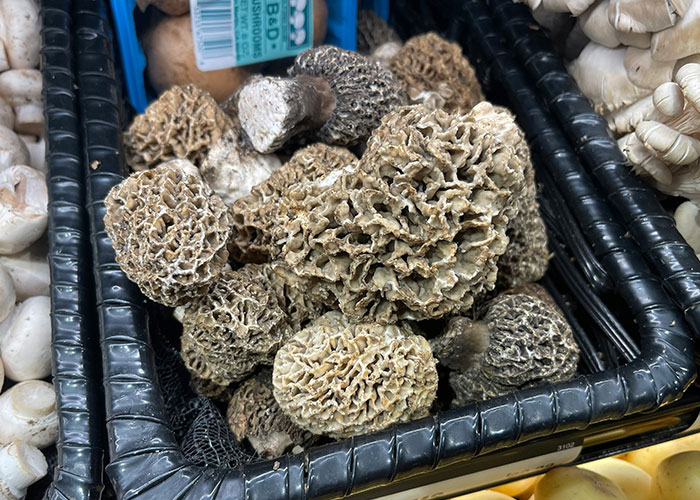
Image credits: danappropriate
#22
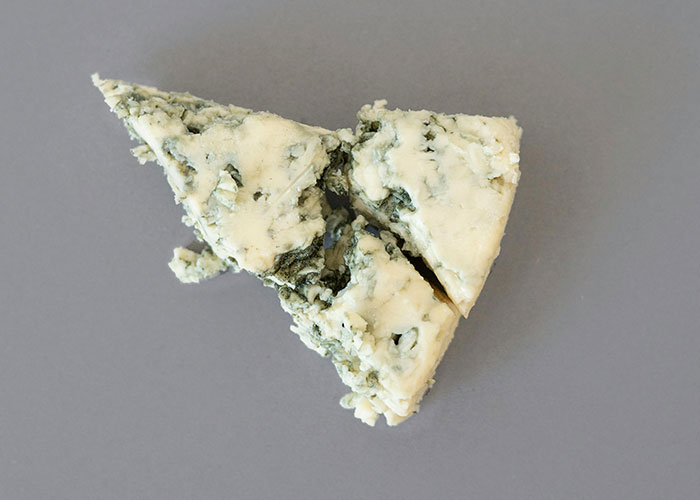
Image credits: aninvisiblerabbit
#23
#24
#25
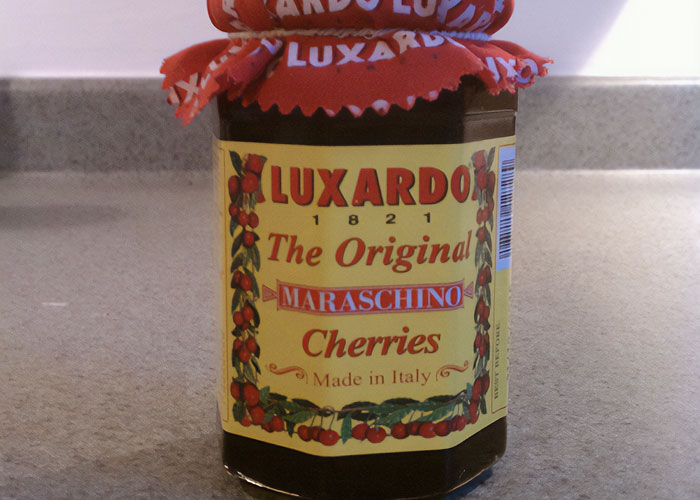
Image credits: anon
#26
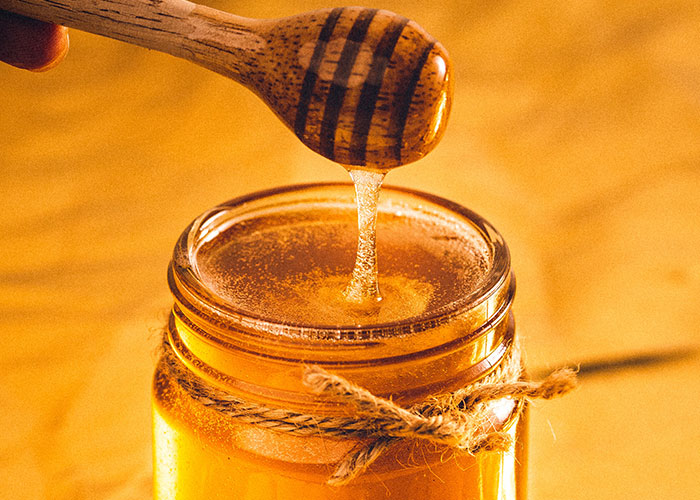
Image credits: Abused_not_Amused
#27
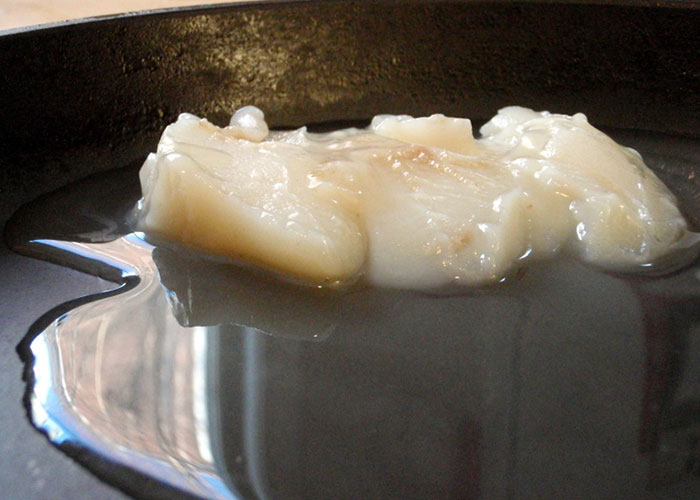
Image credits: nursingninjaLB







